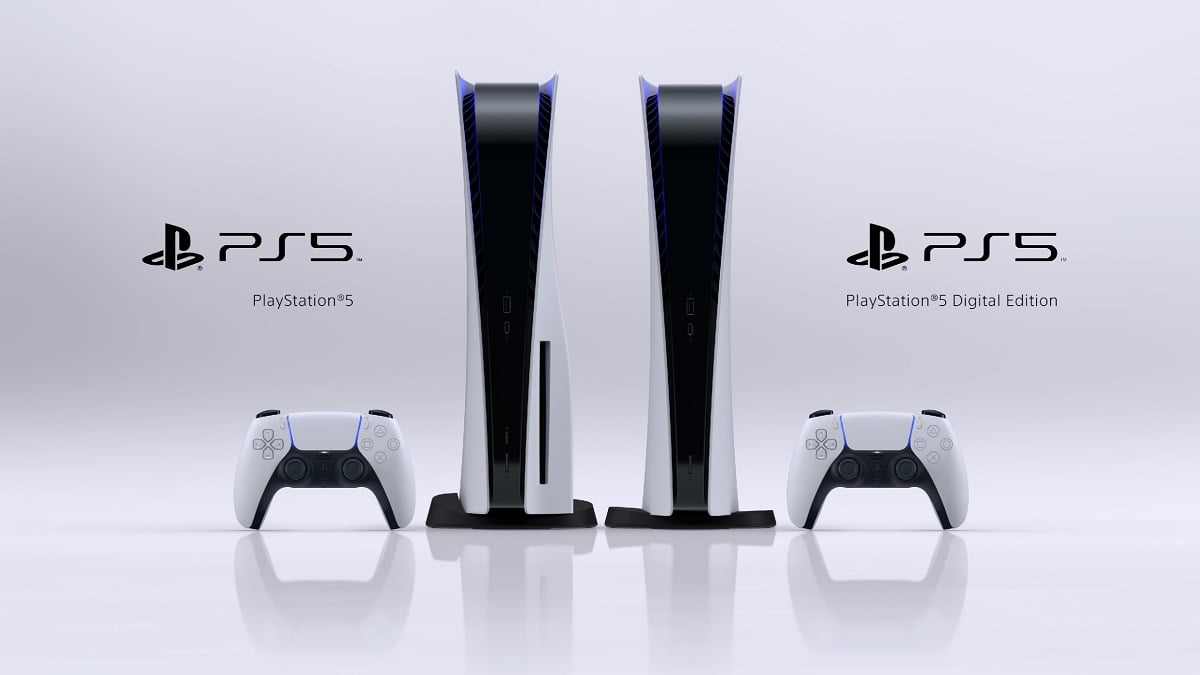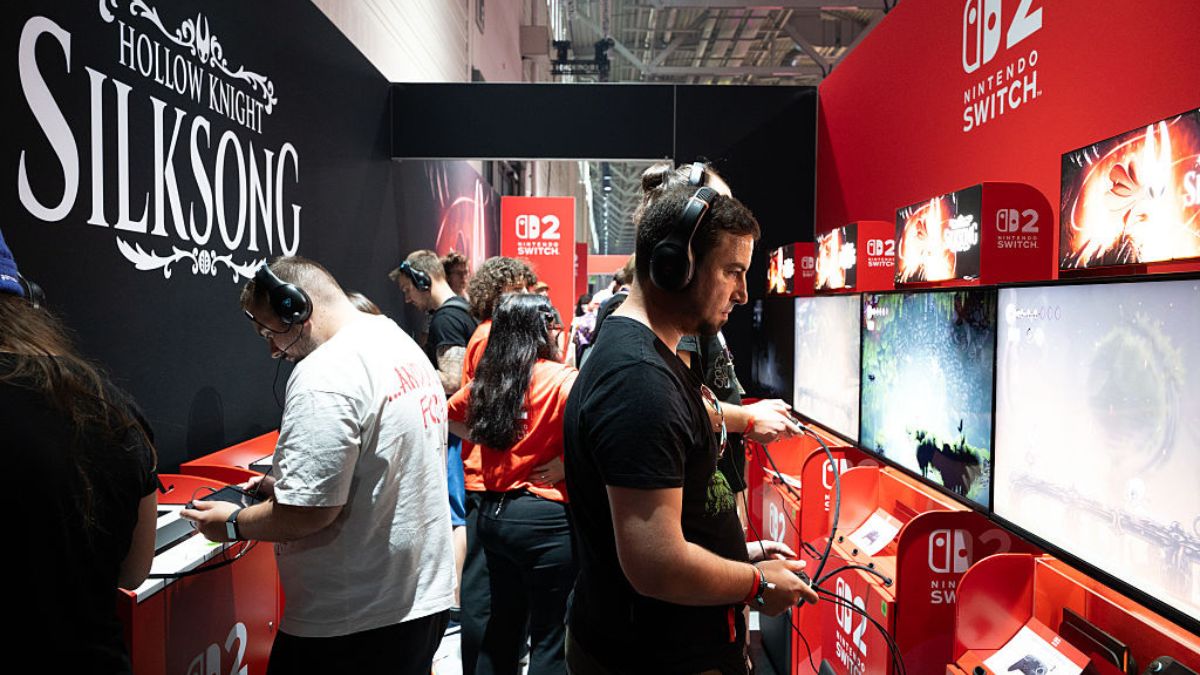Having spent a couple of weeks with the Xbox Series X, it’s clear that Microsoft has (finally) gotten back to what matters most to its consumer base: the games. For the better part of a decade, the software and hardware giant had, if we’re being honest, lost focus, turning its attention towards unpopular peripherals as well as TV and media integration, all while struggling to curate a catalog of appealing platform exclusives.
Yes, I’m referring to the Xbox One, but rest assured, Microsoft has learned its lesson with this new round of consoles. Sure, it’s early days, but the Xbox Series X delivers on everything the company has promised, bringing us a fast, quiet, and surprisingly powerful gaming experience that we’ve traditionally associated with PCs, all at a very reasonable $500 asking price.
The Console
The Xbox Series X’s design is a bit of a departure compared to past consoles, with Microsoft taking more than a few cues from the way PCs are designed. Unlike its predecessors, the Series X is built with a vertical orientation in mind, allowing heat to rise from the system and expel through the vents at the top. Of course, you can also position the console horizontally; just be sure to give enough breathing room for the fan to do its job.
Speaking of which, the Xbox Series X boasts a rather large fan, and needless to say, it more than pulls its weight. In fact, I’ve never actually heard the fan at all, even when putting my ear right up against it. To be fair, it’s hard to say whether or not any of the currently available games really push the system to its limit, but as it stands, the Series X is shockingly quiet; a far cry from past console generations.
I’m sure plenty of early adopters will be equally wowed by the system’s towering design and footprint, and while it is certainly my favorite looking hardware in my living room setup, it does suffer from one or two minor flaws. As mentioned, you can choose to orient the Series X horizontally, but you’ll have to contend with the circular stand – it can’t be removed, and in turn, sticks out a bit when the console is laying on its side. Also, despite taking advantage of newer technology (such as HDMI 2.1), Microsoft’s latest console lacks any USB-C ports and doesn’t support Wi-Fi 6. Granted, these omissions aren’t dealbreakers by any means, but they would have been nice for future-proofing.
The Dashboard
Unlike the console’s physical design, which has seen some drastic changes compared to past Microsoft consoles, the user interface and dashboard have undergone more subtle refinements; in fact, if you’ve been using an Xbox One anytime during the past few months, you’ll feel right at home on the Series X. The all-too-familiar tile layout is front and center, with separate sections and screens for the Microsoft Store, your games, and the like. Pins and customizable layouts allow for a little bit more control of what’s on your screen, and players can even choose from static and dynamic themed backgrounds.

When it comes to new features and quality-of-life improvements though, the addition of Quick Resume is easily the Series X’s standout innovation. As most of you will remember, the Xbox One and PlayStation 4 both flirted with the idea of letting users suspend games and apps, giving you the option to pick up right where you left off. This has been more fully realized now, with Quick Resume allowing folks to continue a suspended game in mere seconds. Better yet, unlike its predecessor, the Xbox Series X allows you to jump back and forth between multiple titles.
Of course, there are some limitations with this. While the console never presents you with any hard limits, we found that the hardware will keep three or four games suspended in the background without any major issue. As you might imagine, online titles can’t fully take advantage of this feature (you can’t very well pause a multiplayer match), but it’s great to be able to cycle between a few titles without having to go through the whole rigamarole of a full boot up.
The Hardware
As expected, the Xbox Series X comes packed with some powerful hardware – an eight-core AMD CPU clocked at 3.8 GHz, an AMD GPU that can pump out 12 teraflops of horsepower, 16 GB of speedy GDDR6 memory, and a 1 TB custom SSD – but what impact does this actually have?
For starters, the Series X feels very snappy, thanks to that SSD we just mentioned. While you could always plug in external solid-state drives into your old Xbox One, Microsoft’s new hardware was built with this lightning-fast storage in mind, which means that the dashboard and UI rarely, if ever, run slowly or feel laggy, and loading times are massively improved.

Sea of Thieves and Warframe shaved a minute or so of their load times, and The Outer Worlds, in particular, saw substantial gains, with a reduction of nearly 75 percent.
And, of course, games just look and run better on the Xbox Series X. Gears of War 5 is quite the stunner, with the option to play at 4K resolution at 60 frames per second. If you happen to have a newer TV or monitor that supports HDMI 2.1, you can push things even further, with some titles – Dirt 5, Gears of War 5, and The Touryst, just to name a few – running at a whopping 120 frames per second, albeit at a pared-down resolution.
The Games
If you were feeling a bit underwhelmed after taking a look at the Xbox Series X’s catalog, we wouldn’t exactly blame you. At launch, you won’t find any Series X exclusives, though there are plenty of titles, new and old, that have been optimized for the hardware.
Now, before you raise your pitchforks, it’s worth noting the system really shines when you can take advantage of Xbox Game Pass; Microsoft’s subscription service which grants you immediate access to hundreds of offerings, as well as future first-party titles. Better yet, the Series X is also compatible with every Xbox One game (save for those that require a Kinect) as well as all Xbox 360 and original Xbox titles that are currently supported on the Xbox One.
So, what exactly will you be able to play right at launch? If you’re looking for new games, Ubisoft’s Watch Dogs: Legion and Assassin’s Creed Valhalla will be sure to keep you busy for hours on end, and they both take advantage of the console’s more powerful hardware, despite being available on last-gen systems. If you’re in the market for something a bit off the beaten path, meanwhile, Yakuza: Like A Dragon and Dirt 5 both look and run great, and take advantage of reduced load times thanks to the internal SSD.
Final Verdict
In many ways, the Xbox Series X doesn’t feel like the revolutionary leap forward some of us expect when a new console hits the market, but that doesn’t mean it’s not an impressive piece of hardware. Making the jump from an Xbox One to a Series X is not unlike upgrading your PC’s graphics card or CPU – you can still enjoy the same environment, accessories, and games, but everything feels faster and runs better, all with the benefit of being prepared for more demanding games coming down the pipeline.
It’s certainly a different direction than Sony is taking with the PlayStation 5 – which touts a new dashboard, a redesigned controller, and a couple of exclusive, next-gen games – but Microsoft has focused on nailing the core aspects of what you’d want from a gaming machine. It’s fast, it’s quiet, and best of all, everything just works, from this year’s crop of AAA holiday releases to Xbox and Xbox 360 titles that are more than a decade old. We’ll have to wait a bit longer to actually get our hands on exclusives that really tap into the power of the Xbox Series X, but once Microsoft begins pumping out their first-party games, there’ll be an excellent console waiting to play them.
This review is based on time spent testing a retail version. Hardware was provided to us by Microsoft.














Published: Nov 5, 2020 08:59 am